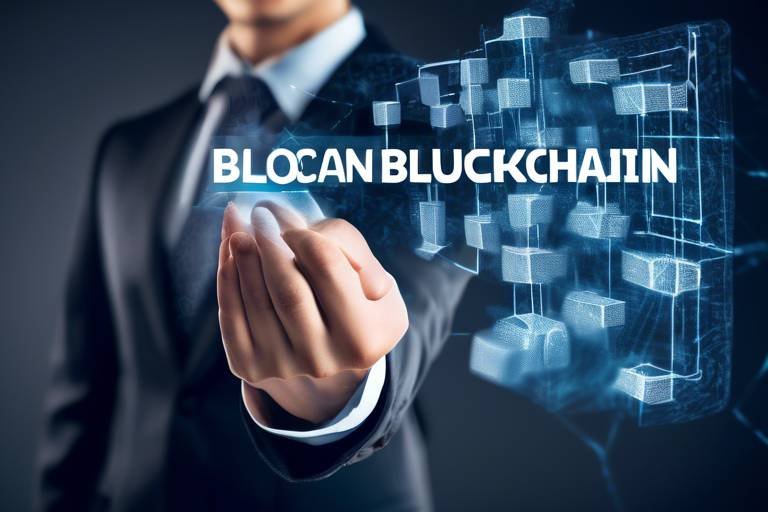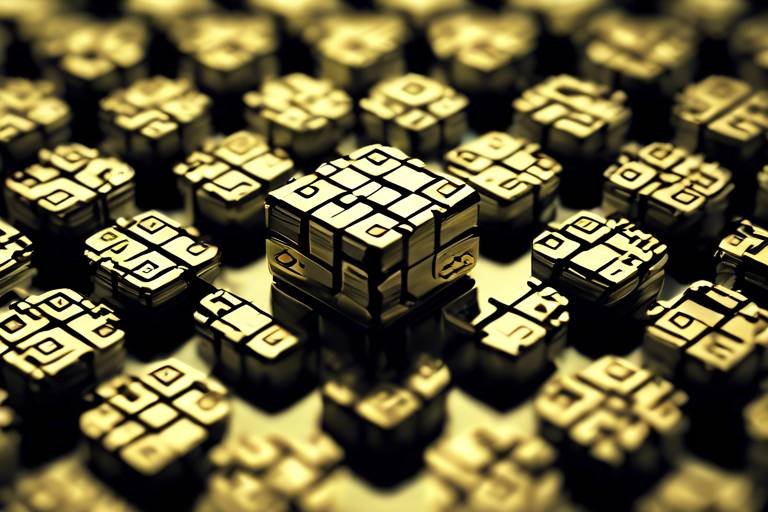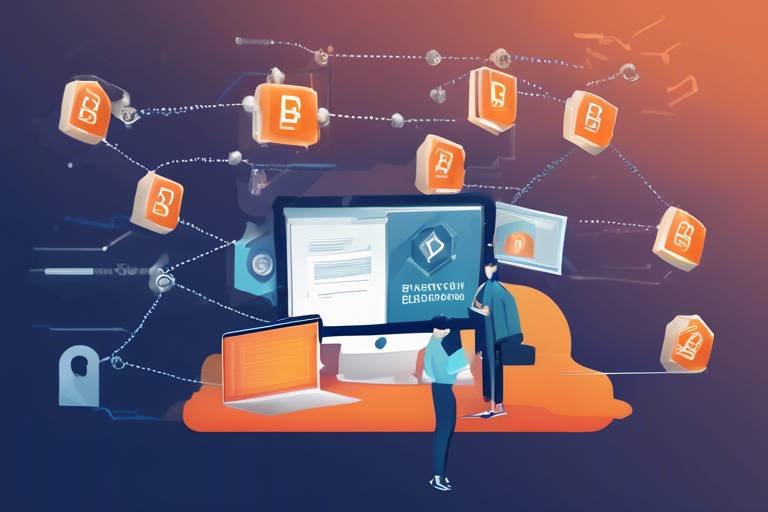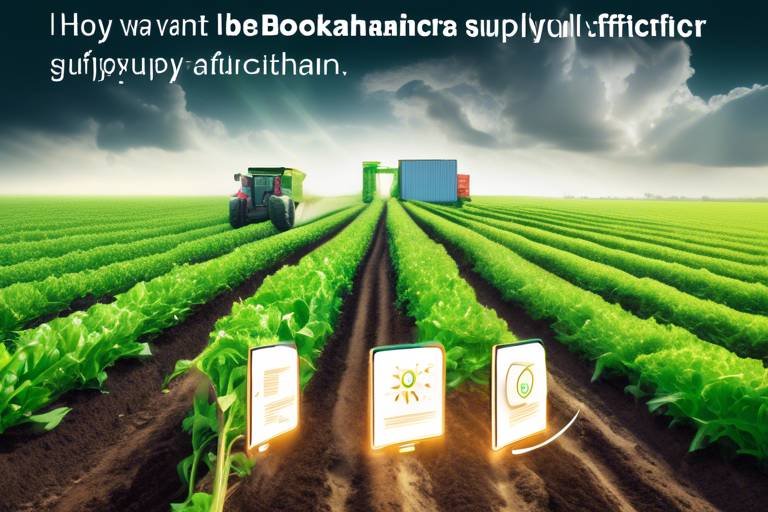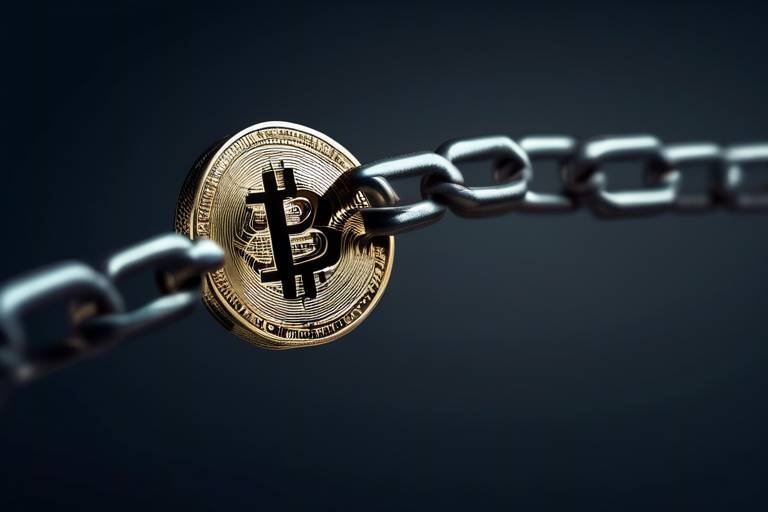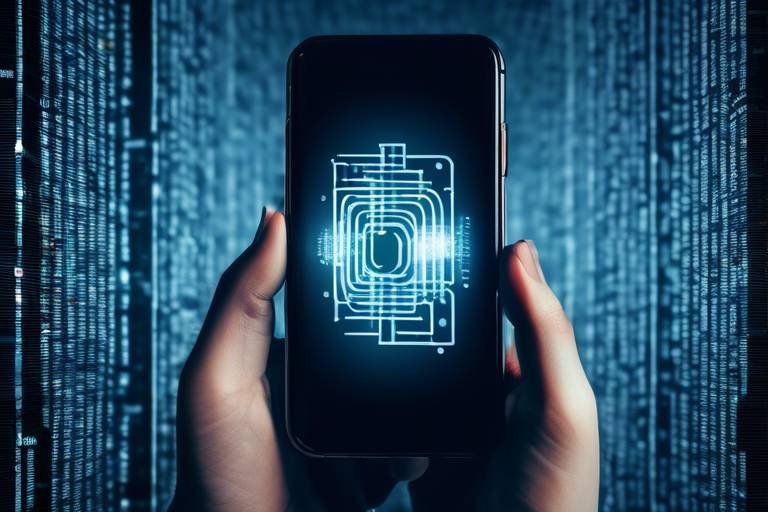How Blockchain is Improving Accessibility for Disabled Individuals
In today's fast-paced world, accessibility for disabled individuals is not just a luxury; it's a fundamental right. Yet, many face barriers that hinder their ability to access essential services, education, and employment opportunities. Enter blockchain technology, a game-changer that is paving the way for a more inclusive society. By leveraging the power of decentralization, blockchain is transforming how services are delivered, making them more accessible and tailored to the unique needs of disabled individuals. This article delves into the various ways blockchain is breaking down barriers and fostering greater independence for those who need it most.
At its core, blockchain technology is a decentralized ledger system that enhances transparency and security. Think of it as a digital notebook that everyone can see but no one can erase. This characteristic makes it an ideal tool for improving accessibility because it can facilitate better access to services and resources. Imagine a world where your medical records are not locked away in a hospital database but are instead securely stored on a blockchain, accessible to you anytime, anywhere. This is just one of the many possibilities that blockchain offers to disabled individuals, promoting a more inclusive environment.
When it comes to service delivery, blockchain can be a powerful ally. It streamlines processes in critical sectors such as healthcare, education, and employment. For disabled individuals, receiving timely assistance is crucial. With blockchain, services can be tailored to their unique needs, allowing for greater independence and empowerment. For instance, consider how blockchain can revolutionize healthcare delivery. Instead of navigating complex systems that often leave disabled individuals feeling overwhelmed, a blockchain-based system can provide a seamless experience, ensuring that they receive the support they need when they need it.
In the realm of healthcare, blockchain technology is making waves by improving patient data management. Disabled individuals can access their medical records easily and securely, leading to better personalized care. This is akin to having a personal health assistant that is always available and never forgets a detail. With blockchain, healthcare providers can share important information without compromising patient privacy, ensuring that disabled individuals receive the best possible care tailored to their specific conditions.
Telemedicine platforms powered by blockchain are another exciting development. They enable disabled individuals to consult healthcare professionals remotely, effectively removing physical barriers that often prevent access to care. Imagine being able to chat with your doctor from the comfort of your home, without the stress of transportation or accessibility issues. This innovation not only saves time but also provides essential care to those who may find it challenging to visit a clinic.
Moreover, blockchain can enhance medication management by ensuring accurate tracking of prescriptions and dosages. This capability is crucial for disabled individuals who may be on multiple medications. With blockchain, the risk of errors is significantly reduced, leading to improved health outcomes. It's like having a smart pillbox that reminds you when to take your medication and ensures you have the right dosage, all while keeping your information secure.
Education is another area where blockchain technology can create more inclusive environments. By providing accessible learning materials and credentials, disabled individuals can pursue their educational goals without barriers. Imagine being able to access a library of resources that are tailored to your learning style, all verified through a secure blockchain. This not only empowers disabled individuals but also opens doors to new opportunities that were previously out of reach.
Blockchain isn't just changing healthcare and education; it's also making waves in the employment sector. By utilizing blockchain, companies can create more accessible job platforms that cater to the skills and needs of disabled individuals. This promotes inclusivity and economic empowerment in the workforce. Think of it as a bridge connecting talented individuals with employers who value diversity and are eager to tap into a broader talent pool.
Blockchain-based job matching platforms can connect disabled individuals with employers seeking diverse talent. This ensures that job opportunities are equitable and tailored to individual capabilities. It's like having a personal job coach that knows exactly what you're good at and connects you with the right opportunities.
Lastly, blockchain facilitates microfinance solutions for disabled entrepreneurs. By providing easier access to funding and resources, blockchain enables them to start and sustain their businesses effectively. Imagine having the ability to launch your own venture without the typical barriers associated with traditional financing. This not only fosters independence but also contributes to a more diverse and vibrant economy.
- What is blockchain technology? Blockchain is a decentralized ledger system that enhances transparency and security.
- How does blockchain improve accessibility? It streamlines service delivery, making essential services more accessible to disabled individuals.
- Can blockchain help in healthcare? Yes, it improves patient data management and facilitates telemedicine access.
- What are blockchain job matching platforms? These platforms connect disabled individuals with employers seeking diverse talent.

Understanding Blockchain Technology
Blockchain technology is often described as a decentralized ledger, but what does that really mean? Imagine a giant digital notebook that everyone can see, but no one can erase. This notebook is filled with transactions that are verified and recorded across a network of computers. Each page of this notebook is called a "block," and when one page fills up, a new page is created and linked to the previous one, forming a "chain." This is where the term blockchain comes from. The magic of blockchain lies in its ability to provide transparency and security, making it an invaluable tool for various applications, particularly in enhancing accessibility for disabled individuals.
At its core, blockchain technology ensures that information is not only secure but also accessible. For disabled individuals, this means that essential services and resources can be delivered more efficiently. Consider this: if a disabled person needs access to their medical records, instead of navigating a maze of bureaucratic hurdles, they can simply access their information securely through a blockchain system. This streamlined access can significantly reduce the frustration and delays often associated with traditional systems.
One of the most exciting aspects of blockchain is its decentralization. Unlike traditional databases that are controlled by a single entity, blockchain operates on a network of computers (or nodes) that work together to verify transactions. This reduces the risk of data manipulation and increases trust among users. For disabled individuals, this means that they can rely on systems that are not only secure but also fair and equitable. Imagine being able to trust that your personal information is safe and that services are delivered without bias. That’s the promise of blockchain.
Moreover, the transparency that blockchain offers is a game changer. Every transaction is recorded and can be traced back, which means that any discrepancies can be easily identified and resolved. This is particularly important in sectors like healthcare, where accurate information is crucial for providing the right care. With blockchain, disabled individuals can have peace of mind knowing that their data is accurate and readily available when they need it.
To illustrate how blockchain works in practical terms, here’s a simple breakdown of its features:
| Feature | Description |
|---|---|
| Decentralization | No single point of control, reducing the risk of manipulation. |
| Transparency | All transactions are visible and traceable, enhancing trust. |
| Security | Data is encrypted and stored across multiple nodes, making it highly secure. |
| Accessibility | Information can be accessed easily by authorized users, improving service delivery. |
In summary, understanding blockchain technology is essential for grasping its potential to improve accessibility for disabled individuals. By providing a secure, transparent, and decentralized system, blockchain is paving the way for a more inclusive future. As we continue to explore this technology, the possibilities for enhancing the lives of disabled individuals are not just exciting; they are transformative.
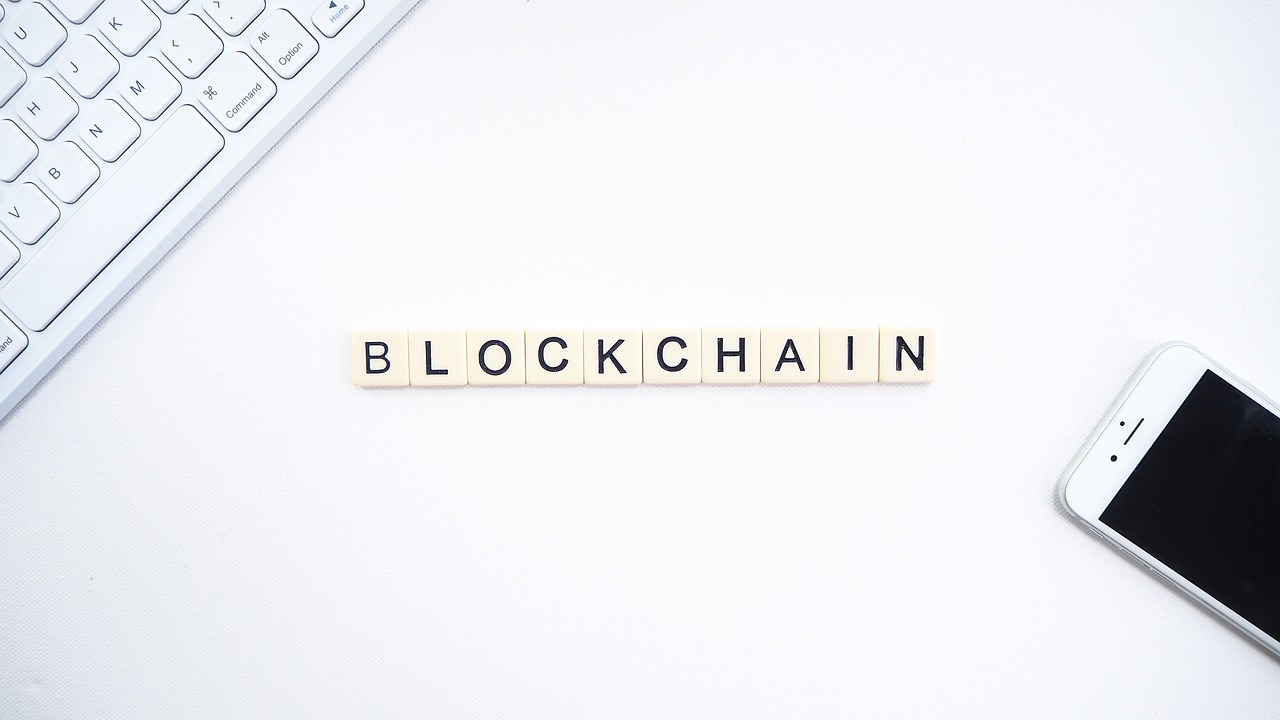
Enhancing Service Delivery
In today’s fast-paced world, the importance of efficient service delivery cannot be overstated, especially for disabled individuals who often face unique challenges in accessing essential services. Blockchain technology is emerging as a game-changer in this arena, offering a decentralized and transparent way to streamline processes across various sectors, including healthcare, education, and employment. Imagine a world where accessing vital resources is as simple as tapping a button—this is the promise that blockchain holds.
By leveraging blockchain, organizations can create systems that not only ensure timely assistance but also tailor services to meet the specific needs of disabled individuals. For instance, in the healthcare sector, blockchain can facilitate real-time updates to medical records, allowing healthcare providers to quickly access critical information. This means that when a disabled person visits a doctor, their medical history is readily available, eliminating the need for cumbersome paperwork and potentially risky delays.
Moreover, blockchain’s inherent security features protect sensitive information, ensuring that disabled individuals can trust that their data is safe from breaches. This trust is crucial, as it encourages more individuals to seek out the services they need without fear of their personal information being compromised. In essence, blockchain not only enhances accessibility but also builds a foundation of trust and security that is essential for effective service delivery.
Another significant advantage of blockchain is its ability to facilitate better communication between service providers and disabled individuals. With smart contracts—self-executing contracts with the terms of the agreement directly written into code—service delivery can be automated. This means that once certain conditions are met, services can be triggered without the need for manual intervention. For example, if a disabled individual requires a specific type of therapy, a smart contract can automatically schedule appointments and notify the relevant healthcare providers, ensuring that no one falls through the cracks.
In addition to healthcare, the education sector stands to benefit immensely from blockchain-enhanced service delivery. Educational institutions can use blockchain to provide accessible learning materials that cater to various disabilities. By creating a decentralized platform where resources are easily shared and modified, educators can ensure that all students have access to the materials they need to succeed. This not only fosters inclusivity but also empowers disabled individuals to pursue their educational goals without unnecessary barriers.
Ultimately, the potential of blockchain to enhance service delivery is vast. As more organizations begin to adopt this technology, we can expect to see a significant shift towards more inclusive and accessible systems that empower disabled individuals. The integration of blockchain into service delivery not only improves operational efficiency but also paves the way for a more equitable society where everyone, regardless of their abilities, can access the resources they need to thrive.
- How does blockchain improve accessibility for disabled individuals?
Blockchain enhances accessibility by providing a secure and transparent platform for service delivery, ensuring that disabled individuals receive timely assistance tailored to their needs. - What sectors benefit the most from blockchain technology?
Healthcare, education, and employment are some of the key sectors that benefit from blockchain, as it streamlines processes and improves communication. - Are there any challenges associated with implementing blockchain for accessibility?
While blockchain offers many advantages, challenges such as technological literacy and initial implementation costs can hinder widespread adoption.
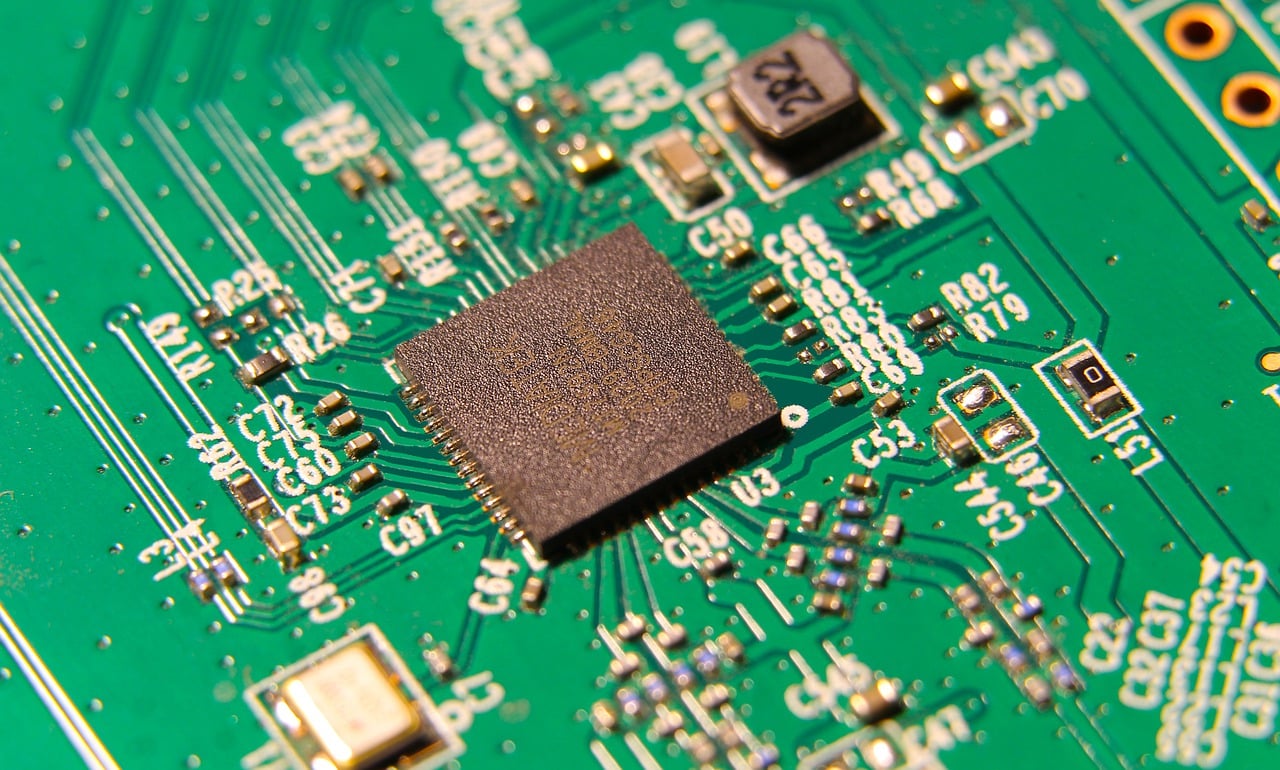
Healthcare Innovations
In the realm of healthcare, the advent of blockchain technology is nothing short of revolutionary, especially for disabled individuals. Imagine a world where your medical records are not just secure but also easily accessible at any moment. With blockchain, this dream is becoming a reality. By providing a decentralized platform for storing patient data, blockchain ensures that individuals have complete control over their medical information. This means that disabled individuals can access their records without the usual bureaucratic hurdles, leading to better personalized care and more efficient service delivery.
One of the most significant advantages of blockchain in healthcare is its ability to facilitate telemedicine. Disabled individuals often face challenges in physically accessing healthcare facilities. However, with blockchain-powered telemedicine platforms, they can consult healthcare professionals from the comfort of their homes. This not only eliminates the need for transportation but also provides a sense of independence that many disabled individuals crave. For instance, a person with mobility issues can easily schedule a video consultation with a specialist, ensuring that they receive the care they need without the stress of travel.
Furthermore, blockchain enhances medication management significantly. Imagine a system where prescriptions and dosages are tracked with absolute accuracy. This is crucial for disabled individuals who may be on multiple medications. Blockchain technology can provide a transparent and tamper-proof system for managing prescriptions, reducing the likelihood of errors that can lead to serious health complications. By ensuring that patients receive the correct medications at the right times, we can significantly improve health outcomes for disabled individuals.
To illustrate the impact of these innovations, consider the following table that highlights key benefits of blockchain in healthcare for disabled individuals:
| Innovation | Benefit |
|---|---|
| Decentralized Patient Data Management | Easy and secure access to medical records |
| Telemedicine | Remote consultations eliminate physical barriers |
| Medication Management | Accurate tracking reduces errors and improves outcomes |
In conclusion, the integration of blockchain technology in healthcare is paving the way for a more inclusive environment for disabled individuals. By enhancing accessibility and ensuring that necessary services are delivered in a timely and efficient manner, we are not just improving healthcare outcomes; we are also fostering a sense of empowerment and independence among disabled individuals. This is just the beginning—imagine the possibilities as we continue to innovate!
- What is blockchain technology? Blockchain is a decentralized digital ledger that records transactions across many computers securely.
- How does blockchain improve healthcare access for disabled individuals? It allows for secure and easy access to medical records and facilitates remote consultations through telemedicine.
- Can blockchain help with medication management? Yes, it ensures accurate tracking of prescriptions, reducing the risk of medication errors.
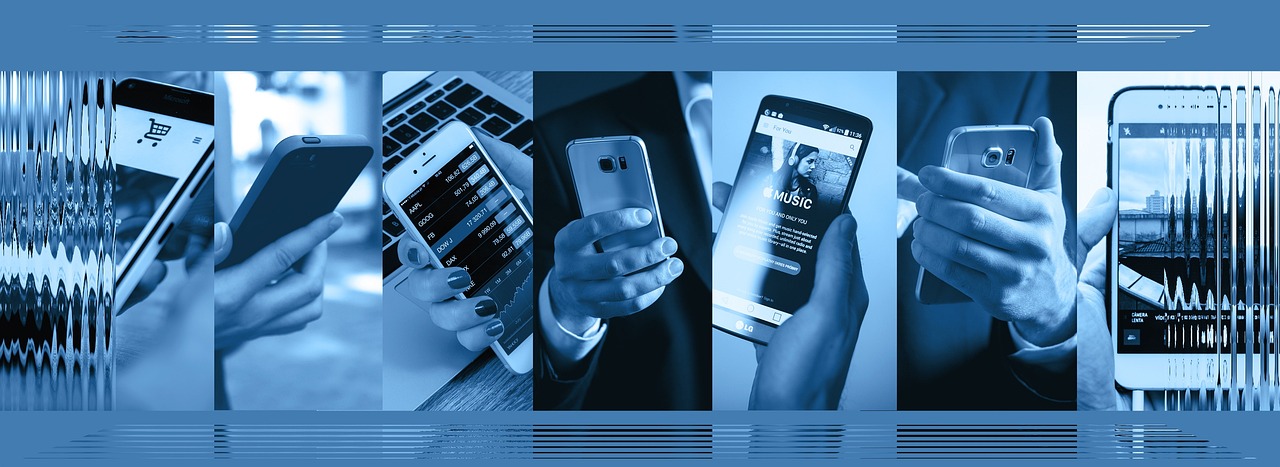
Telemedicine Access
Telemedicine has become a game-changer for many, but for disabled individuals, it’s nothing short of a revolution. Imagine being able to consult with your doctor without the hassle of navigating physical barriers, long waiting times, or transportation issues. This is where blockchain technology steps in, enhancing telemedicine platforms to create a seamless experience tailored specifically for those who need it most.
With blockchain, patient data is stored securely and can be accessed easily by healthcare providers. This means that when a disabled individual logs into a telemedicine platform, they can share their medical history, current medications, and any other relevant information without the fear of data breaches or unauthorized access. This enhanced security not only fosters trust but also encourages more individuals to utilize telehealth services.
Moreover, telemedicine platforms powered by blockchain can offer a range of services that cater to the unique needs of disabled individuals. For instance, features such as video consultations, remote monitoring, and even virtual therapy sessions can be customized to accommodate various disabilities. This flexibility ensures that healthcare is not just accessible but also personalized, allowing individuals to receive care in a way that suits them best.
Consider the impact on mental health as well. Many disabled individuals face challenges that can lead to feelings of isolation or depression. Telemedicine provides a lifeline, connecting them to mental health professionals without the need to travel. With blockchain ensuring secure and efficient communication, individuals can engage in therapy sessions from the comfort of their homes, making it easier to seek help when they need it most.
In addition to improving accessibility, blockchain technology can also streamline the administrative side of telemedicine. For instance, appointment scheduling, billing, and insurance claims can all be managed through blockchain systems, reducing the administrative burden on healthcare providers and allowing them to focus more on patient care. This efficiency can significantly enhance the overall experience for disabled individuals, ensuring they receive timely and effective treatment.
To summarize, the integration of blockchain technology into telemedicine is paving the way for a more inclusive healthcare system. By removing barriers and enhancing security, telemedicine is not just about convenience; it’s about creating equal opportunities for disabled individuals to receive the care they deserve. As we continue to innovate and adapt, it’s crucial that we keep accessibility at the forefront of our efforts, ensuring that no one is left behind.
- What is telemedicine?
Telemedicine refers to the use of technology to provide medical care remotely, allowing patients to consult healthcare professionals via video calls, phone calls, or messaging. - How does blockchain improve telemedicine?
Blockchain enhances telemedicine by providing secure storage for patient data, ensuring privacy, and streamlining administrative processes, making healthcare more accessible and efficient. - Can telemedicine replace in-person visits?
While telemedicine can effectively address many healthcare needs, it may not completely replace in-person visits, especially for procedures that require physical examinations. - Is telemedicine suitable for everyone?
Telemedicine is beneficial for many, but individuals with specific conditions may still require in-person consultations. It’s essential to assess personal healthcare needs.
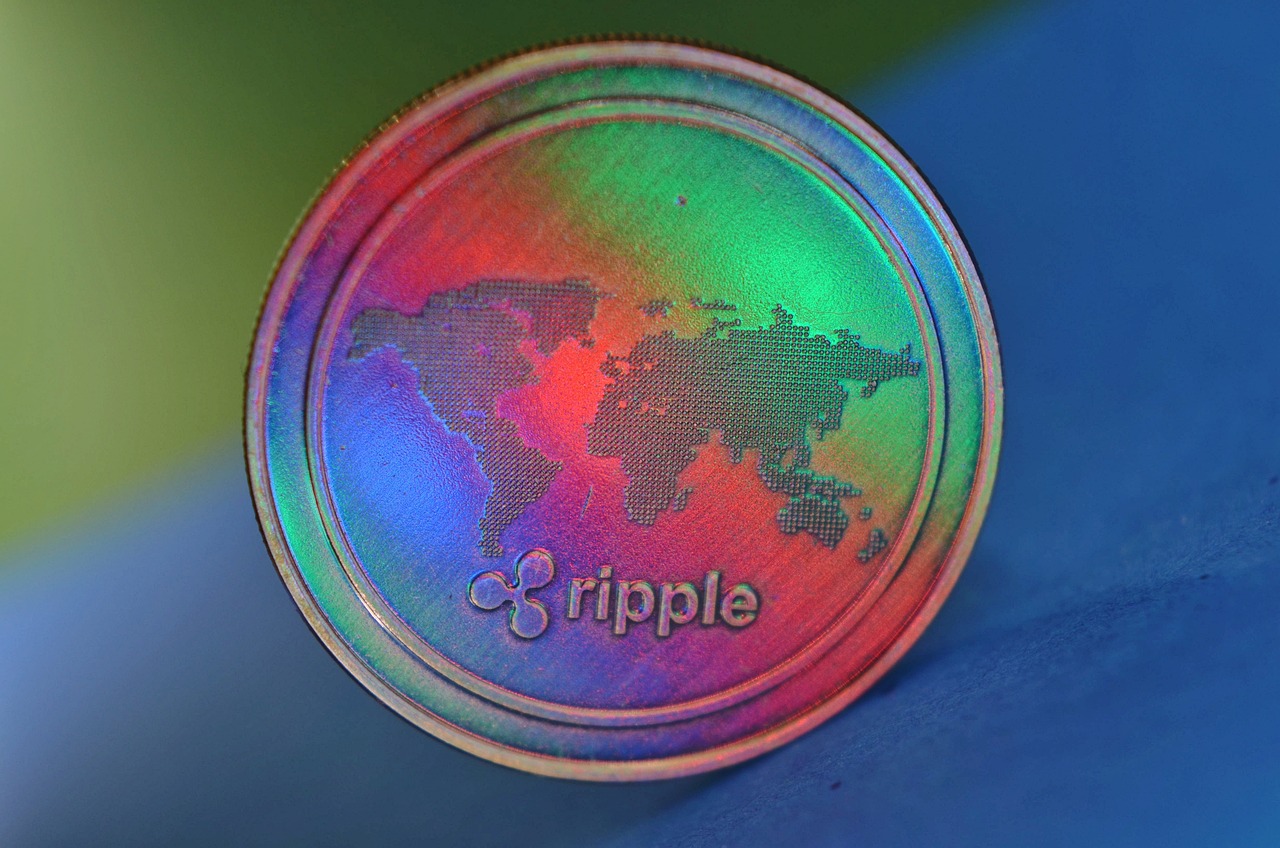
Medication Management
In the realm of healthcare, is a critical component, especially for disabled individuals who may face unique challenges in adhering to prescribed treatments. Traditional methods of managing prescriptions can often lead to confusion, missed doses, and ultimately, poor health outcomes. However, with the advent of blockchain technology, there's a revolutionary shift taking place that promises to enhance the way medications are tracked and managed.
Imagine a world where your medication history is not only secure but also easily accessible at your fingertips. Blockchain technology provides a decentralized platform that ensures accurate tracking of prescriptions, dosages, and refill schedules. This system minimizes the risk of errors that can occur due to miscommunication between patients, pharmacists, and healthcare providers. With blockchain, every transaction related to a medication—from the moment it is prescribed to when it is dispensed—can be recorded in a tamper-proof manner, ensuring that the information is trustworthy and reliable.
Moreover, this technology can empower disabled individuals by offering them a personalized medication management system. For instance, a blockchain-based application can send reminders for medication intake, notify users of potential drug interactions, and even provide updates on their prescription status. This level of support is crucial for individuals who may have cognitive impairments or physical disabilities that make it difficult to manage their medications independently.
Additionally, the integration of smart contracts within blockchain can automate the medication refill process. When a prescription is nearing its end, the smart contract can trigger a notification to both the patient and their healthcare provider, ensuring that they are both aware of the need for a refill. This proactive approach not only enhances adherence to medication regimens but also fosters a sense of autonomy for disabled individuals, allowing them to take charge of their health.
To further illustrate the impact of blockchain on medication management, consider the following table that outlines the key benefits:
| Benefit | Description |
|---|---|
| Enhanced Security | Blockchain's decentralized nature ensures that medication records are secure and cannot be tampered with. |
| Improved Accessibility | Individuals can access their medication history anytime and anywhere, providing peace of mind. |
| Automated Reminders | Smart contracts can send reminders for medication intake and refills, reducing the risk of missed doses. |
| Personalized Care | Tailored medication management systems can cater to the unique needs of disabled individuals. |
As we move forward, the potential for blockchain to transform medication management is immense. By leveraging this technology, we can create a more inclusive healthcare system that not only meets the needs of disabled individuals but also empowers them to take control of their health. The journey toward better medication management is just beginning, and it holds the promise of improved health outcomes and enhanced quality of life for many.
- What is blockchain technology? Blockchain is a decentralized digital ledger that records transactions across many computers securely.
- How does blockchain improve medication management? It enhances security, provides easy access to medication history, and automates reminders for refills.
- Can blockchain help with medication adherence? Yes, by sending notifications and reminders, it helps individuals manage their medications more effectively.
- Is blockchain technology secure? Absolutely! Its decentralized nature makes it highly secure against tampering and fraud.

Education and Training Opportunities
In a world where education is the key to empowerment, blockchain technology is stepping up as a game changer, especially for disabled individuals. Imagine a scenario where learning materials are not just accessible but also tailored to meet the unique needs of every learner. That’s the promise of blockchain! By decentralizing educational credentials and resources, this technology is breaking down barriers that have traditionally hindered access to quality education.
One of the most exciting aspects of blockchain in education is its ability to create secure and verifiable digital credentials. This means that disabled individuals can showcase their skills and qualifications without the fear of discrimination or misrepresentation. For instance, instead of relying on traditional transcripts that may not be accessible to everyone, educational achievements can be stored on a blockchain. This allows anyone, anywhere, to verify a person's qualifications with just a few clicks. Talk about a confidence booster!
Furthermore, blockchain can facilitate the development of customized learning experiences. Imagine a platform where educational content is designed with accessibility in mind, allowing for various formats such as audio, video, and interactive modules. This not only caters to different learning styles but also ensures that disabled individuals can engage with the material in the way that suits them best. By leveraging smart contracts, educators can automate the distribution of these materials, ensuring that no one is left behind.
With blockchain, the potential for collaborative learning becomes a reality. Disabled learners can connect with peers and mentors from around the globe, sharing resources and experiences in a secure environment. This not only enriches their learning journey but also fosters a sense of community. Moreover, the use of blockchain in educational institutions can streamline administrative processes, making it easier for disabled students to enroll and access necessary support services.
To give you a clearer picture, let’s take a look at how blockchain can specifically enhance educational opportunities for disabled individuals:
| Feature | Benefit |
|---|---|
| Digital Credentials | Secure and accessible verification of qualifications |
| Custom Learning Materials | Tailored content that meets diverse learning needs |
| Collaborative Learning | Opportunities for connection and resource sharing |
| Streamlined Processes | Easier enrollment and access to support services |
In summary, blockchain is not just a buzzword; it’s a powerful tool that holds the potential to revolutionize education for disabled individuals. By creating a more inclusive environment, we can empower everyone to pursue their educational goals without barriers. So, whether you’re a student, educator, or advocate, it’s time to embrace the possibilities that blockchain technology brings to the table!
- How does blockchain ensure accessibility in education? Blockchain provides secure, verifiable credentials and customized learning materials that cater to diverse needs.
- Can blockchain help in job placements for disabled individuals? Yes, blockchain can create equitable job matching platforms that connect disabled individuals with employers.
- What are the benefits of digital credentials? Digital credentials are secure, easily accessible, and can be verified without the risk of discrimination.
- How does blockchain support collaborative learning? It allows disabled learners to connect with peers and mentors globally, fostering a supportive learning community.
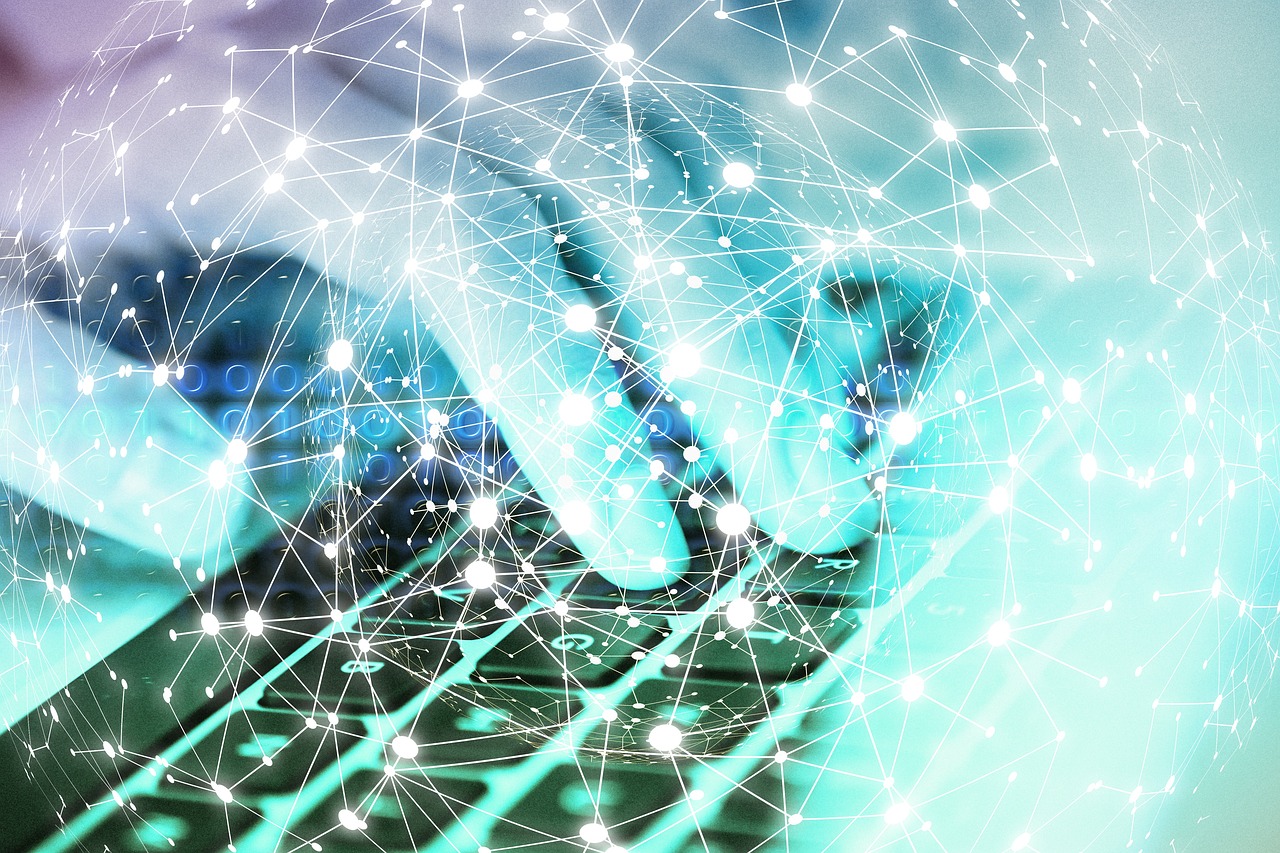
Employment and Economic Empowerment
In today's rapidly evolving job market, accessibility is not just a buzzword; it's a necessity. For many disabled individuals, finding meaningful employment can be a daunting challenge. However, with the advent of blockchain technology, the landscape of job opportunities is transforming in ways that promote inclusivity and economic empowerment. Imagine a world where your skills, not your limitations, define your career path. That's the promise blockchain holds.
One of the most exciting innovations in this realm is the development of blockchain-based job matching platforms. These platforms leverage the power of decentralized technology to create a more equitable job market. By connecting disabled individuals with employers who are actively seeking diverse talent, these platforms ensure that job opportunities are not just available but are also tailored to individual capabilities. Picture a scenario where a visually impaired programmer can showcase their skills on a blockchain platform, and employers can easily verify their credentials and experience. This kind of transparency fosters trust and opens doors that were previously closed.
Moreover, the use of smart contracts can revolutionize the way employment agreements are formed and executed. Smart contracts are self-executing contracts with the terms of the agreement directly written into code. This means that once the conditions are met, the contract automatically executes, ensuring that disabled individuals receive fair compensation without the fear of exploitation. It’s like having a digital guardian that ensures your rights are protected every step of the way.
Another significant advantage of blockchain in the employment sector is its role in microfinance solutions. Many disabled entrepreneurs face barriers when it comes to securing funding for their ventures. Traditional banking systems often overlook these individuals, leaving them with limited options. However, blockchain technology can facilitate microfinance solutions that provide easier access to funding. By using blockchain, lenders can evaluate creditworthiness through transparent, immutable data, allowing them to make informed decisions while reducing bias.
For instance, consider a disabled individual with a brilliant business idea but no access to traditional financing. Through a blockchain-based microfinance platform, they can present their project to a global audience of potential investors. This not only increases their chances of securing funding but also empowers them to take charge of their economic future. It's a game-changer that can turn dreams into reality.
In summary, blockchain technology is not just about cryptocurrencies; it's about creating a more inclusive and accessible world. By enhancing job matching processes and facilitating microfinance solutions, blockchain opens up new avenues for disabled individuals to thrive economically. The future is bright, and with the right tools, everyone can find their place in the workforce.
- How does blockchain technology improve job matching for disabled individuals?
Blockchain technology enhances job matching by providing a transparent and decentralized platform where disabled individuals can showcase their skills and employers can find diverse talent easily. - What are smart contracts, and how do they benefit disabled employees?
Smart contracts are self-executing agreements with the terms written in code. They ensure fair compensation and protect the rights of disabled employees by automatically executing agreements when conditions are met. - Can blockchain help disabled entrepreneurs access funding?
Yes! Blockchain facilitates microfinance solutions that allow disabled entrepreneurs to connect with potential investors and secure funding through transparent and fair processes. - What impact does blockchain have on employment equality?
By removing biases and providing equitable access to job opportunities, blockchain promotes employment equality for disabled individuals, ensuring they can compete on a level playing field.
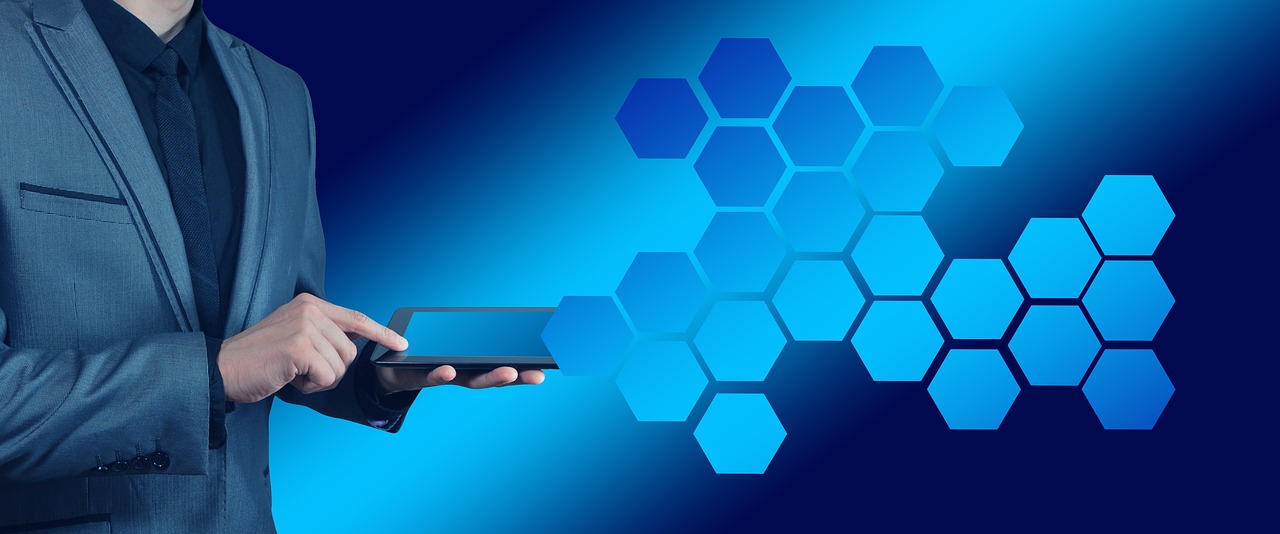
Job Matching Platforms
Imagine a world where finding a job is as easy as ordering your favorite meal online. Well, that’s what blockchain-based job matching platforms are striving to achieve for disabled individuals. These innovative platforms leverage the power of blockchain technology to create a more inclusive job market, where opportunities are not just available but also tailored to the unique skills and needs of individuals with disabilities.
At the core of these platforms is the idea of transparency and security. Traditional job boards often fall short in ensuring that all candidates are evaluated fairly, leading to potential biases against disabled applicants. However, blockchain technology can mitigate these biases by providing a decentralized system where qualifications and experiences are verified through secure, immutable records. This means that employers can see a candidate's true capabilities without being influenced by preconceived notions about their disability.
Furthermore, these platforms can facilitate direct communication between employers and job seekers. Imagine being able to connect with a company that values diversity and is actively seeking your unique talents, all while bypassing the traditional gatekeepers of the hiring process. This direct line of communication fosters a sense of community and belonging, allowing disabled individuals to showcase their skills in a way that feels personal and empowering.
One of the most exciting aspects of these job matching platforms is their ability to integrate skills assessments and training programs. By utilizing blockchain, candidates can prove their competencies through verified credentials, while employers can access a pool of talent that is both diverse and skilled. This not only enhances employment opportunities but also ensures that individuals are matched with roles that truly fit their capabilities.
To further illustrate the impact of these platforms, consider the following table that highlights key features and benefits:
| Feature | Benefit |
|---|---|
| Decentralized Verification | Reduces bias in hiring processes |
| Direct Employer-Job Seeker Communication | Enhances personal connections and opportunities |
| Skills Assessments | Matches candidates with appropriate job roles |
| Training Programs | Equips candidates with necessary skills for the job market |
In essence, blockchain technology is paving the way for a more equitable job market. By prioritizing inclusivity and accessibility, job matching platforms are not just changing the game; they are redefining it. Disabled individuals can now navigate the job landscape with confidence, knowing that their abilities are recognized and valued. As we move forward, it’s crucial for companies to embrace these platforms and commit to creating a workforce that reflects the rich diversity of our society.
- What are blockchain-based job matching platforms? - These are online platforms that use blockchain technology to connect job seekers with employers, ensuring transparency and reducing biases in the hiring process.
- How do these platforms benefit disabled individuals? - They provide tailored job opportunities, direct communication with employers, and a fair assessment of skills and qualifications.
- Are these platforms secure? - Yes, blockchain technology offers a high level of security and transparency, making it difficult to manipulate or misrepresent information.
- Can employers find diverse talent through these platforms? - Absolutely! These platforms are designed to connect employers with a diverse pool of candidates, ensuring equitable hiring practices.

Microfinance Solutions
Microfinance has emerged as a beacon of hope for many disabled individuals looking to establish their own businesses and achieve financial independence. Traditional banking systems often overlook the unique challenges faced by disabled entrepreneurs, leading to a significant gap in access to capital. However, blockchain technology is changing the game by providing innovative microfinance solutions tailored specifically for these individuals. Imagine a world where funding is just a click away, where barriers are dismantled, and opportunities are accessible to all. This is the promise that blockchain holds.
One of the most exciting aspects of blockchain in microfinance is its ability to facilitate peer-to-peer lending. Through decentralized platforms, disabled entrepreneurs can connect directly with investors who are eager to support their ventures. This not only eliminates the need for traditional banks but also fosters a sense of community and shared purpose. For instance, a disabled artist can showcase their work on a blockchain platform and receive funding directly from art enthusiasts who believe in their talent. It’s like having a personal cheerleader who also happens to be your financial backer!
Furthermore, blockchain technology enhances transparency and trust in the lending process. With smart contracts, all terms and conditions are recorded on the blockchain, ensuring that both parties are held accountable. This means that disabled entrepreneurs can access funds without the fear of hidden fees or unfair practices. In addition, the use of blockchain reduces administrative costs, allowing microfinance institutions to offer lower interest rates, which is a significant advantage for those just starting out.
To illustrate the impact of blockchain in microfinance, consider the following table that outlines some key benefits:
| Benefit | Description |
|---|---|
| Accessibility | Direct access to funds without traditional banking barriers. |
| Transparency | Clear terms and accountability through smart contracts. |
| Lower Costs | Reduced administrative expenses leading to lower interest rates. |
| Community Support | Connecting entrepreneurs with investors who share their vision. |
Additionally, blockchain enables the creation of a digital identity for disabled individuals, which can be crucial in securing funding. This digital identity is immutable and can include their skills, experience, and even social contributions. By showcasing their strengths through a verified digital profile, disabled entrepreneurs can attract more investors who are willing to support their endeavors. It's like having a resume that never gets lost and is always up-to-date!
In conclusion, microfinance solutions powered by blockchain technology are not just about providing financial assistance; they represent a paradigm shift towards inclusivity and empowerment. By breaking down the barriers that have long hindered disabled individuals in their entrepreneurial pursuits, blockchain is paving the way for a more equitable future. It’s an exciting time for innovation, and as we continue to explore these solutions, the potential for disabled entrepreneurs to thrive is limitless.
- What is microfinance? Microfinance refers to financial services that provide small loans and other financial products to individuals who lack access to traditional banking services.
- How does blockchain improve microfinance? Blockchain enhances transparency, reduces costs, and allows for direct peer-to-peer lending, making it easier for disabled individuals to access funds.
- Can anyone access blockchain-based microfinance solutions? Yes, blockchain-based platforms are designed to be accessible to anyone, including disabled individuals who may face barriers in traditional finance.
- What are smart contracts? Smart contracts are self-executing contracts with the terms of the agreement directly written into code, ensuring trust and accountability between parties.
Frequently Asked Questions
- What is blockchain technology?
Blockchain technology is a decentralized digital ledger that records transactions across many computers. This means that the information is transparent and secure, making it ideal for improving accessibility for disabled individuals by ensuring reliable access to services and resources.
- How can blockchain enhance service delivery for disabled individuals?
By streamlining processes in sectors like healthcare, education, and employment, blockchain helps ensure that disabled individuals receive timely assistance tailored to their unique needs. It promotes independence by making services more accessible and efficient.
- What innovations in healthcare are driven by blockchain?
Blockchain enhances patient data management, allowing disabled individuals to access their medical records securely. This leads to personalized care and efficient service delivery, ensuring that healthcare professionals have the information they need at their fingertips.
- How does blockchain facilitate telemedicine for disabled individuals?
Telemedicine platforms powered by blockchain remove physical barriers by enabling remote consultations with healthcare professionals. This means disabled individuals can receive essential care from the comfort of their homes, making healthcare more accessible than ever.
- Can blockchain improve medication management for disabled individuals?
Absolutely! Blockchain ensures accurate tracking of prescriptions and dosages, reducing errors and enhancing overall health outcomes. This is crucial for disabled individuals who may rely on medication management to maintain their well-being.
- How is blockchain transforming education for disabled individuals?
Blockchain technology creates inclusive educational environments by providing accessible learning materials and credentials. This empowers disabled individuals to pursue their educational goals without facing unnecessary barriers.
- What role does blockchain play in employment for disabled individuals?
Blockchain can create more accessible job platforms that cater to the skills and needs of disabled individuals. This promotes inclusivity and economic empowerment, ensuring that job opportunities are equitable and tailored to individual capabilities.
- How do blockchain-based job matching platforms work?
These platforms connect disabled individuals with employers seeking diverse talent. By utilizing blockchain, they ensure that job opportunities are fair and aligned with the unique skills of disabled candidates.
- What are microfinance solutions and how do they help disabled entrepreneurs?
Microfinance solutions powered by blockchain provide easier access to funding and resources for disabled entrepreneurs. This enables them to start and sustain their businesses effectively, fostering economic independence and empowerment.



